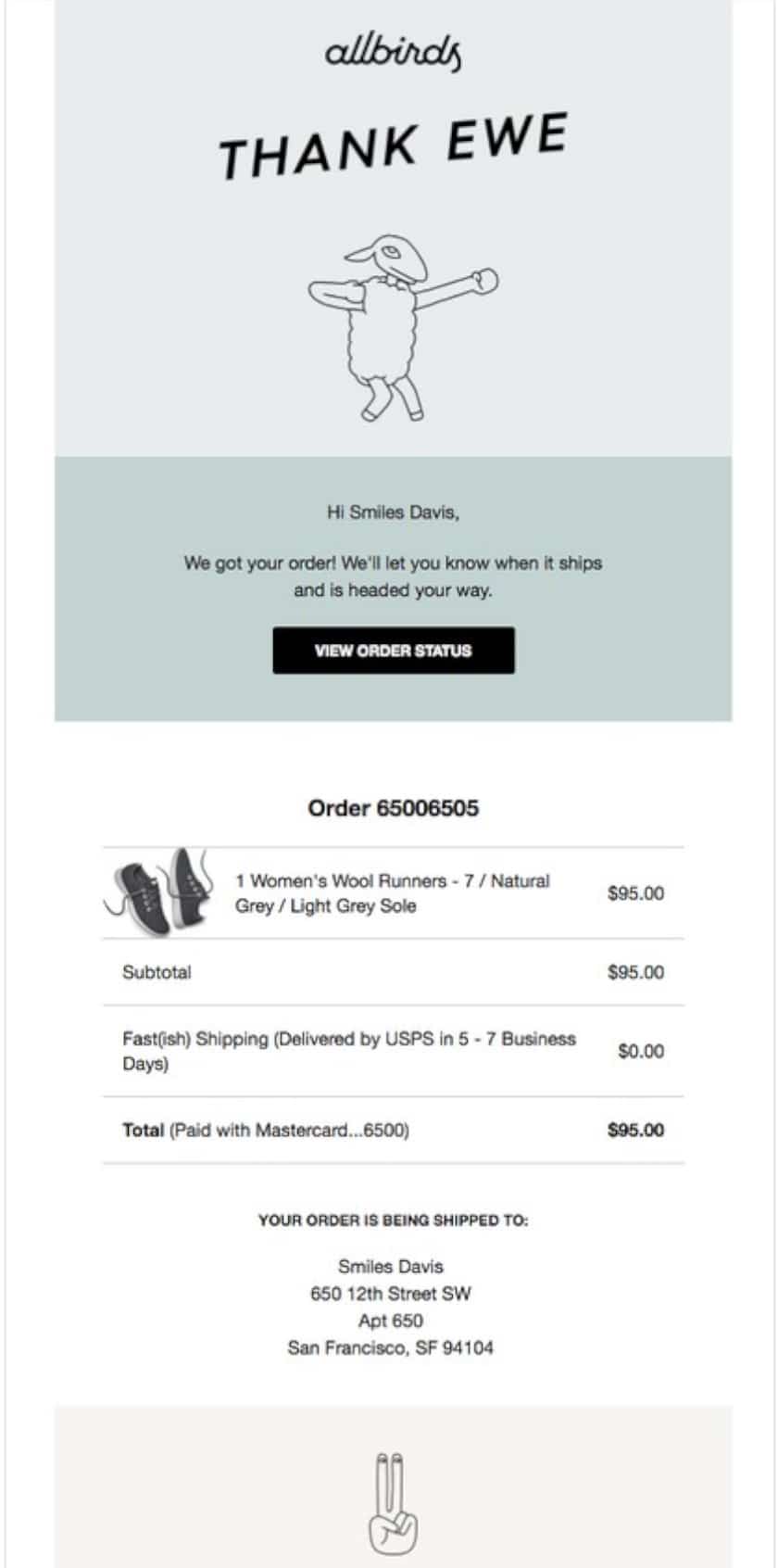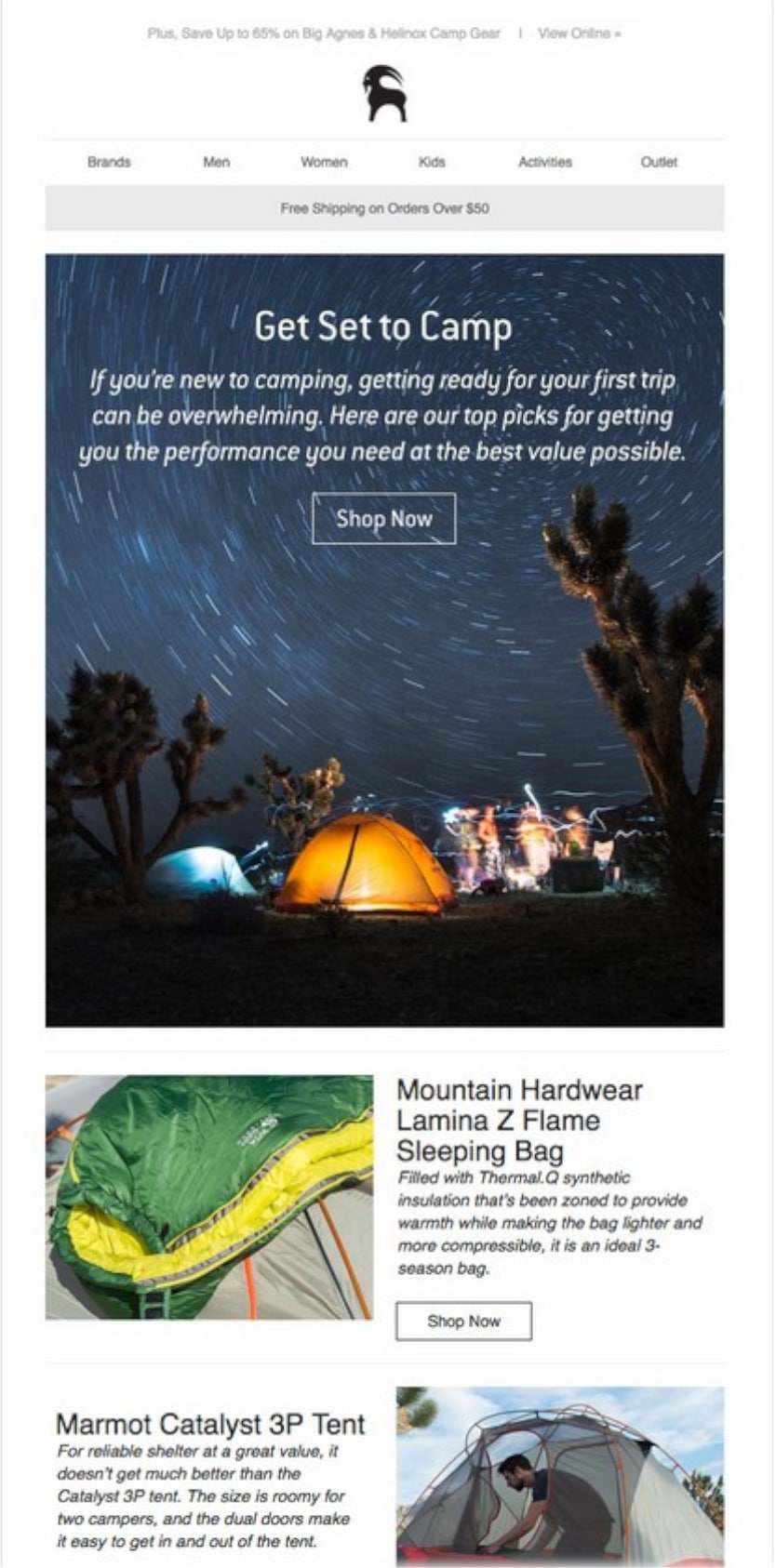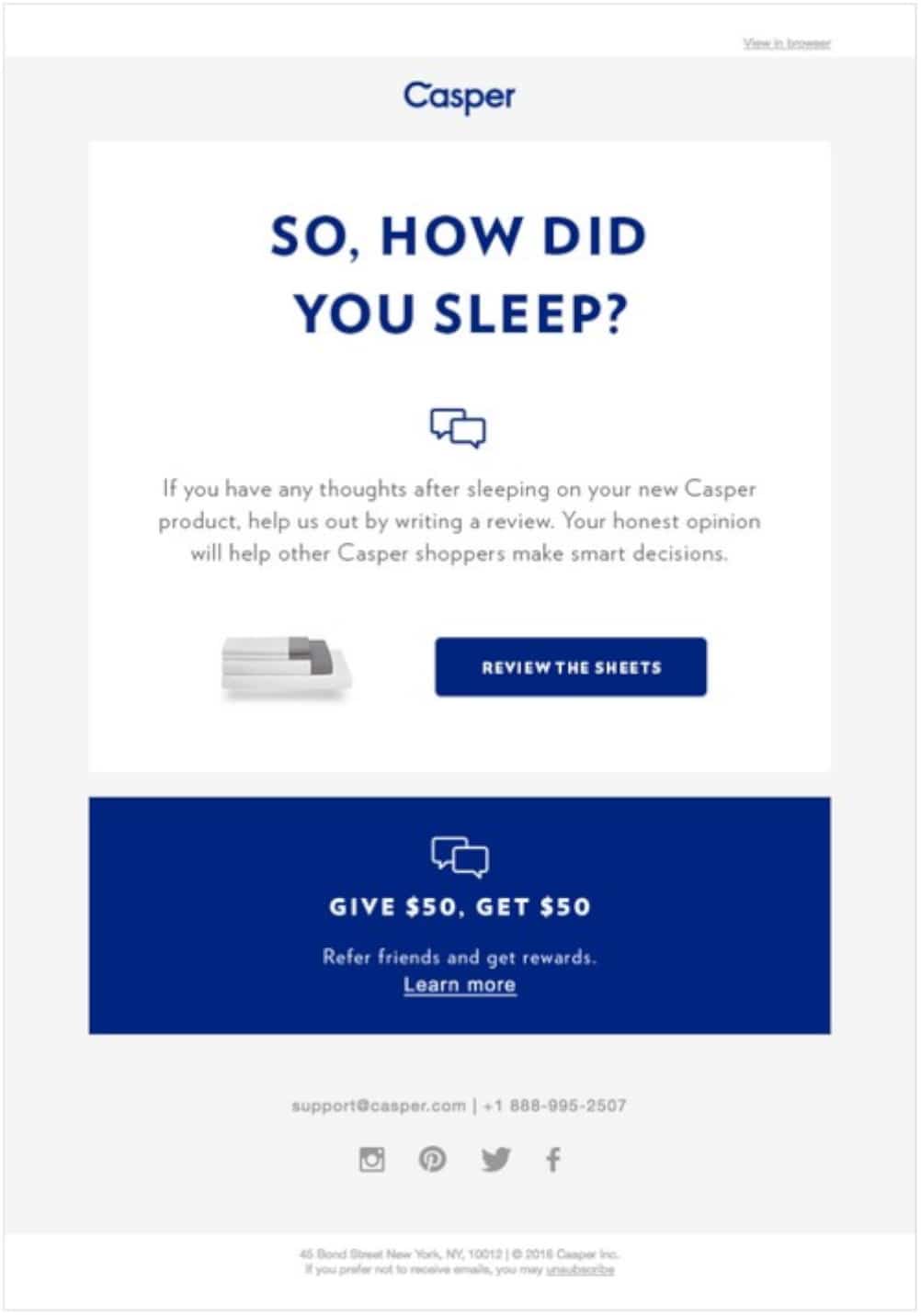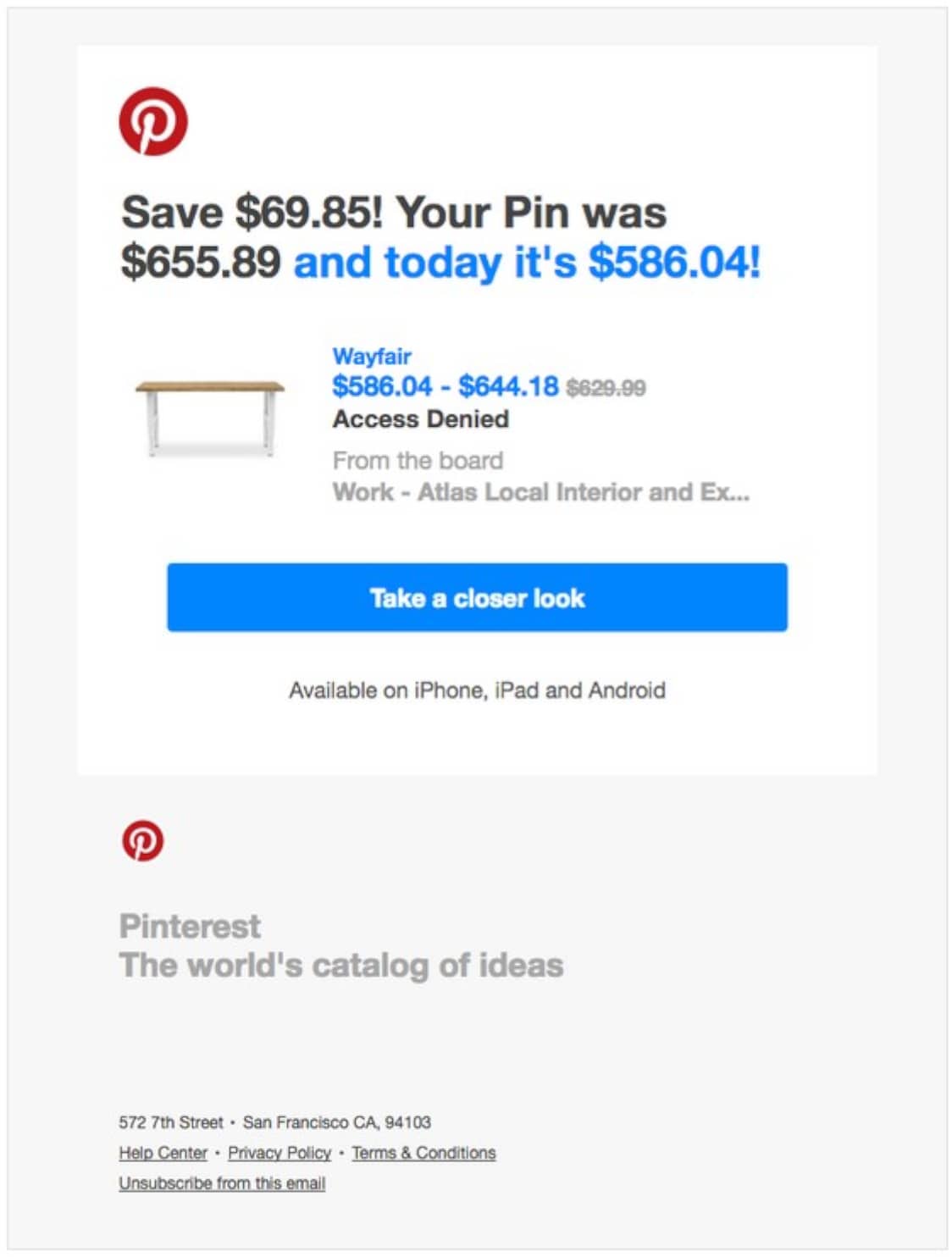Email is still one of the most effective marketing tools for small businesses. It’s widely available and, because it’s free to have an account, virtually everyone has one.
It also means that every business is trying to reach those email accounts. People receive tons of emails from different businesses every day after signing up to an offer or sending an inquiry. Oftentimes, it becomes tiring for these customers, however helpful the emails may seem.
That’s why your small business needs to focus on creating follow-up emails that catch people’s attention.
Follow-up emails are a golden opportunity to reach out to people who’ve already expressed an interest in your company.
They might have signed up for your newsletter or recently purchased a product from you.
Every small business needs an effective plan for writing follow-up emails. Fortunately, putting together those email campaigns isn’t that hard to do.
Why you need to write the perfect follow-up emails
Follow-up emails are an excellent way to improve the performance of your email campaigns and increase sales. When done properly, follow-up emails:
- Offer twice the return of cold calling when you use them in an email marketing campaign
- Improve open rates by 29.3% if you include your subscriber’s first name
- Can improve phone contact rates by 16% if you send them after a call
Follow-up emails are typically sent because someone has taken an action on your site or in one of your emails. There are a number of actions people can take that might trigger a follow-up email. Some of the most effective types of follow-up emails are:
- Abandoned cart emails
- New product emails
- New subscriber emails
- Opt-in emails
- Product recommendation emails
- Review and testimonial requests
- Thank you emails
You don’t have to limit yourself with follow-up emails—any opportunity you can take to reach out to your subscribers is a chance to convert them.
In fact, half of all sales happen after the fifth contact, yet 44% of salespeople make just two attempts to reach potential customers: the initial contact and one follow-up.
Follow-up emails can make your salespeople more efficient by reducing the amount of time it takes them to get back to your customers. It can also give you insight into what drives people back to your site.
How to create follow-up emails that actually work
If you want your follow-up emails to drive sales, you need to put effort into every campaign. Focus on each component of an email to see how you can maximize your impact.
1. Craft a compelling subject line.
After your company’s name, the first thing your subscribers read is your email subject line. If your subject line doesn’t intrigue them, offer insight, or provide value, they aren’t going to open your email. It really is the most important component of every email campaign, and that’s especially true for follow-up emails. They’ve already heard from you once; they need a valid reason to hear from you again.
This thank you email from Allbirds, a shoe company, has a subject line that fits the brand: “Your Feet Say Thank You:”
Source: Really Good Emails
They follow that up with a clever image and caption that hints at their wool-based products: “Thank Ewe.” This email invites their subscribers to review the order on Allbirds’ site, a great way to get people back to your store.
2. Include inspiring preheader text.
Preheader text is what people read in their inbox directly after the subject line. If you don’t include this information specifically, it may be left blank, show the first line of your email content, or it may say something generic like “view this message in browser.” The best follow-up emails have preheader text that grabs people’s attention or expands on the message in the subject line.
Consider how this follow-up email from VOORMI—an outdoor clothing company—uses creative imagery in its language to draw attention to their new product, the Wolf Creek Parka:
Source: VOORMI
The preheader text, “Inspired by Wolf Creek Pass, one of the coldest and most rugged areas in the southern San Juan Mountains[,]” paints a picture of their new parka by comparing it to the landscapes you’d use it in. The comparison is sure to draw in readers who’ve been to this region.
3. Use relevant, high-quality images.
Depending on what type of follow-up email you’re sending, the images you use may be stock photos or pictures of your products. Regardless of your preference, you need to use high-quality images that complement your message. You can also include videos, but try to incorporate those as links rather than embedding them in the email. This will make the emails easier to load.
Take a look at this follow-up email from Backcountry, which includes a general CTA to shop for camping gear and a more specific CTA for product recommendations:
Source: Really Good Emails
With each CTA, Backcountry incorporates an image that sparks the imagination—an image of people gathered around a campfire with images of their top products in use. Images make emails more appealing, so use them to create interest.
4. Write copy that speaks to your audience.
You don’t have to write a novel to get people engaged. You do, however, need to write copy that’s valuable and concise. You also need to make sure that your message aligns with your subject line, preheader text, and your CTA. Longer copy may be suitable for newsletters, but, for follow-up emails, try to keep the message short and sweet.
When Casper wants people to review their products, they send out an email that simply asks people how they slept and to share their experience:
Source: Really Good Emails
By focusing on exactly what you want from your subscribers, you can drive people to the right actions. Casper includes an image of the product and a CTA requesting a review—they don’t attempt to make any other sales pitch in their follow-up email.
5. Create a CTA that generates interest.
The final—and one of the most critical—components of every follow-up email is your CTA. A compelling CTA isn’t necessarily just a “shop now” button or a “read more” link. Your CTA is a combination of the text, colors, and images you use to get people to click on your email. It is THE action that you want people to take.
Pinterest uses follow-up emails to let people know when a pin’s price has dropped, and they don’t use a standard “shop now” CTA:
Source: Really Good Emails
With a less direct approach, Pinterest’s CTA asks people to “take a closer look.” They also used color to highlight the CTA. By matching the CTA with the color of the lower price text, people will be drawn to the button. Use A/B testing to see how different CTAs work in your emails.
How automation can improve your follow-up emails
Writing perfect follow-up emails is just one step to improving email performance and driving sales. For a truly effective email campaign, you need to follow email marketing best practices. That includes using automation to boost campaign performance.
With the right platform and tools, email marketing automation gives you the ability to:
- Send emails at the best time: When you send your emails is just as important as what you put in them. Figuring out the best day and time to send follow-up emails can be tricky, though. Marketing automation can help align your send days and times.
- Create segmented campaigns: List segmentation is one of the best features of automation. You can organize contacts based on a number of features, then target them based on criteria you set up. Segmentation can boost revenue by 760%.
- Trigger follow-up emails for several actions: Using automation, you can set up an entire workflow for actions people take on your site. You can schedule follow-up emails for everything, from clicks on new products to promo codes for old favorites.
Marketing automation reduces the number of one-off emails your sales team has to send, which improves your overall efficiency. It also makes it easier to track the results of your email campaigns, so you can continually improve them.
Wrap up
Putting together follow-up emails should be a priority for every digital marketer. Follow-up emails give you the chance to offer valuable insight to your customers, which can help close business. Follow these simple guidelines when you get ready to create your follow-up email campaigns:
- Think outside of the box. Find every opportunity to reach out to your potential customers to close the deal.
- Focus on what action you want. Use follow-up emails to encourage specific actions from subscribers.
- Use automation to increase performance. An automated campaign reduces time and increases your email marketing effectiveness.
With a little bit of time and effort, you can create follow-up emails that make your readers want to work with your business. You just need the right tools.
Looking for an email automation tool that can improve your follow-up emails? Campaign Monitor has a full suite of tools to make your marketing campaigns more effective.










